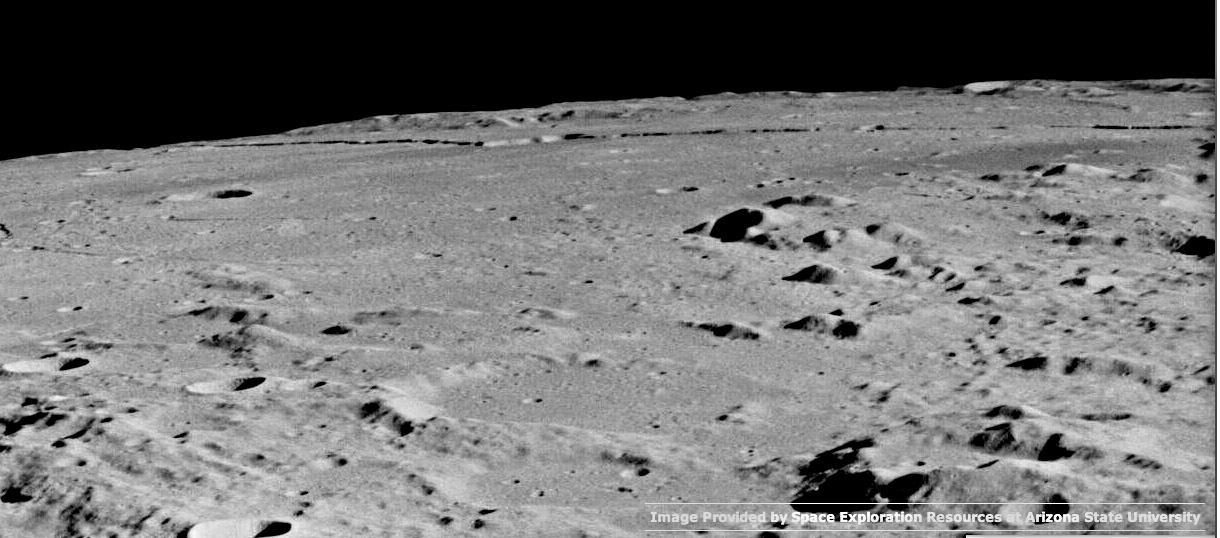Difference between revisions of "September 26, 2011"
(Created page with "__NOTOC__ =Rimless= <!-- ws:start:WikiTextHeadingRule:0:<h1> --> <!-- ws:start:WikiTextLocalImageRule:6:<img src="/file/view/LPOD-Sept26-11.jpg/258007816/LPO...") |
|||
| Line 2: | Line 2: | ||
=Rimless= | =Rimless= | ||
| − | + | <!-- ws:start:WikiTextHeadingRule:0:<h1> --> | |
| − | + | <!-- ws:start:WikiTextLocalImageRule:6:<img src="/file/view/LPOD-Sept26-11.jpg/258007816/LPOD-Sept26-11.jpg" alt="" title="" /> -->[[File:LPOD-Sept26-11.jpg|LPOD-Sept26-11.jpg]]<!-- ws:end:WikiTextLocalImageRule:6 --><br /> | |
<em>Apollo 16 image from [http://wms.lroc.asu.edu/apollo/view?image_id=AS16-M-0836 ASU Apollo Lunar Atlas]</em><br /> | <em>Apollo 16 image from [http://wms.lroc.asu.edu/apollo/view?image_id=AS16-M-0836 ASU Apollo Lunar Atlas]</em><br /> | ||
<br /> | <br /> | ||
| Line 22: | Line 22: | ||
<br /> | <br /> | ||
<hr /> | <hr /> | ||
| − | |||
| − | |||
| − | |||
| − | |||
Revision as of 00:20, 3 January 2015
Rimless

Apollo 16 image from ASU Apollo Lunar Atlas
Hyginus crater has no rim rising above the plain it cuts into. Nor do the two rilles that meet at the crater
(although the oblique perspective makes it look like the far side of the rilles is higher than the near side).
This is somewhat surprising because Hyginus is almost certainly one of the largest volcanic craters on
the Moon. If Hyginus had erupted significant amounts of lava flows or ash deposits a rim would have been
expected; so apparently Hyginus formed by collapse only. In fact, calling it a volcanic crater implies that
it was a source of volcanic material. But perhaps the crater Hyginus is simply the largest of the collapse
pits that formed in the rilles, especially the one to the north-west. Hyginus reminds me of Kilauea Crater
in Hawaii - a collapse pit formed over the vent of rising lava that travels down subterranean lava tubes.
The Hyginus Rilles are eqivalent to the line of collapse pits along the Chain of Craters road in Hawaii. It is
tempting to say the Hyginus is simply the largest pit crater because it collapsed into the largest void as
the magma chamber under it emptied. But the lack of lava flows or ash weakens this otherwise compel-
ling interpretation.
Chuck Wood



